As modern Viking culture surges, and TV shows such as Vikings bring the Viking look into popular culture, Viking inspired men’s hairstyles have been making a comeback.
But how historically accurate are the Viking haircuts that we are seeing today ? Did Nordic hairstyles really include long hair, undercuts, braids and man buns?
The short answer is actually yes! The styles we see on the likes of Vikings are actually fairly accurate, if somewhat glamorised, versions of traditional hairstyles.
Read on to find out more about how the historical haircuts favoured by the Vikings, and for 35 ideas for modern Viking men’s haircuts. You can check as well our article for Viking haircuts for women.
Top 35 Modern Viking Hair Styles
Now that we have a feel for how the historical haircuts of the Vikings, the burning question is how to achieve an authentic but stylish modern Viking look. Get some inspiration from our top 35 modern Viking hairstyles below.
1. Long Hairstyle
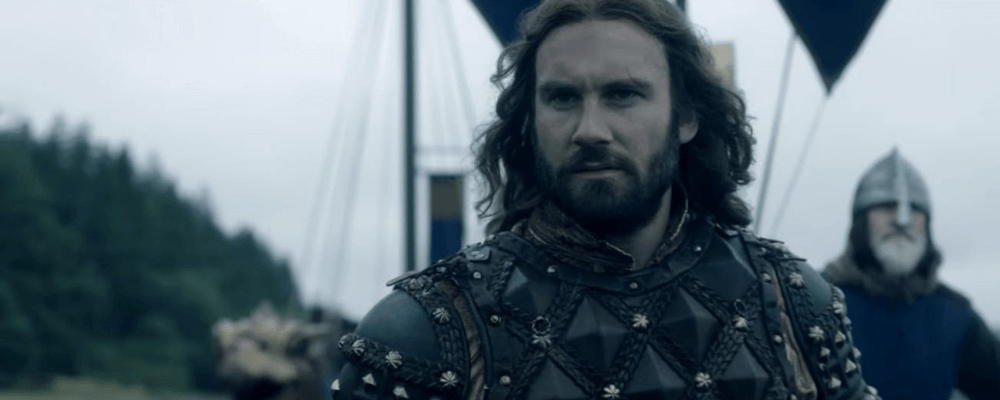
The most classic Viking look is long hair (with beard naturally). Let it grow naturally and don’t worry too much about hairstyle. Go for a classic, rugged look. But do worry about haircare, the Vikings were known for their attention to hygiene and most carried small combs with them to keep their hair free from dirt and grime. You can invest in a good shampoo and conditioner.
2. Long Hairstyle with Braids
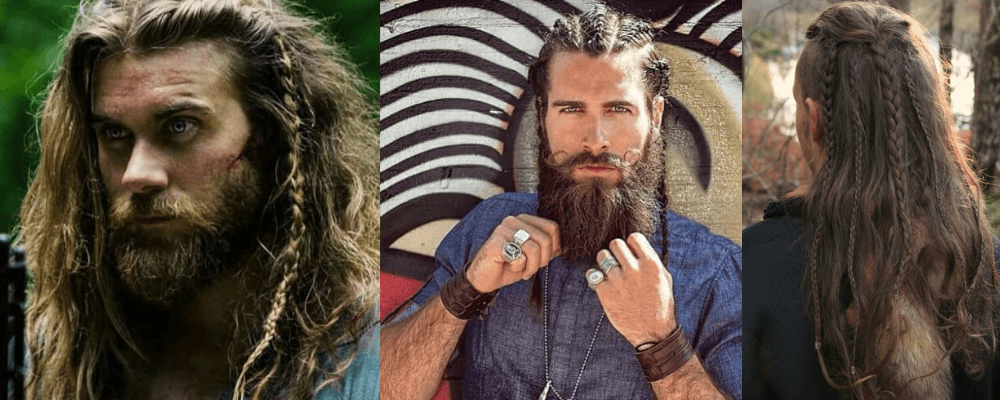
Braids are a quintessential part of the Viking look, and the Vikings would often add braids to their hair and beards. Accentuate your long Viking hairstyle by choosing a few small chunks to plait into long thin braids. This adds distinctive character without taking away from the drama of your long flowing Viking hairstyle.
3. Ponytail Hairstyle
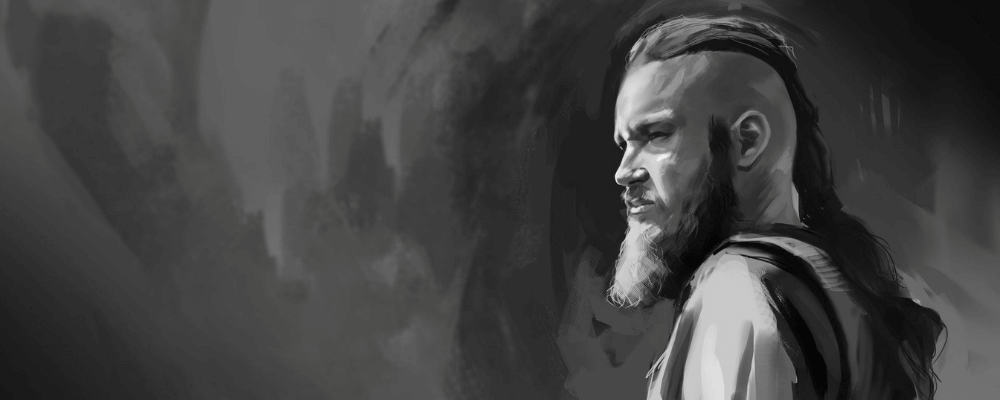
When you want to pull your hair back off your face, do like the girls do and pull it back into a ponytail. But this is not a ponytail like your girlfriend, who may spend time slicking it back to perfection. Pull it back loosely and messily to give yourself a nonchalant, ‘I know I’m good looking and I don’t need to try’ Viking hairstyle.
4. Half-Ponytail Hairstyle
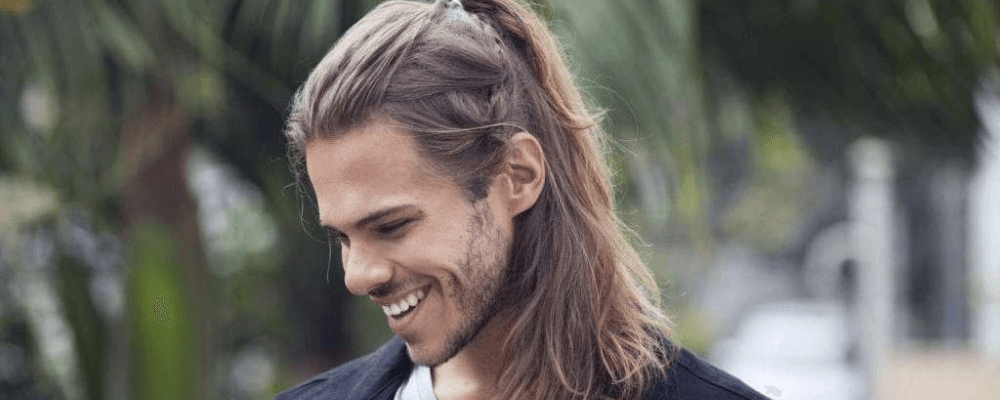
If you want to pull your long hair off your face, but also want to show off the length of your Viking hairstyle at the back, pull it back into a half ponytail, with the top half of your hair tied back, and the bottom half left free. Don’t pull it back too severely, but rather keep it lose. This will maintain the free-spirited essence of your long Viking locks.
5. Low Ponytail Hairstyle
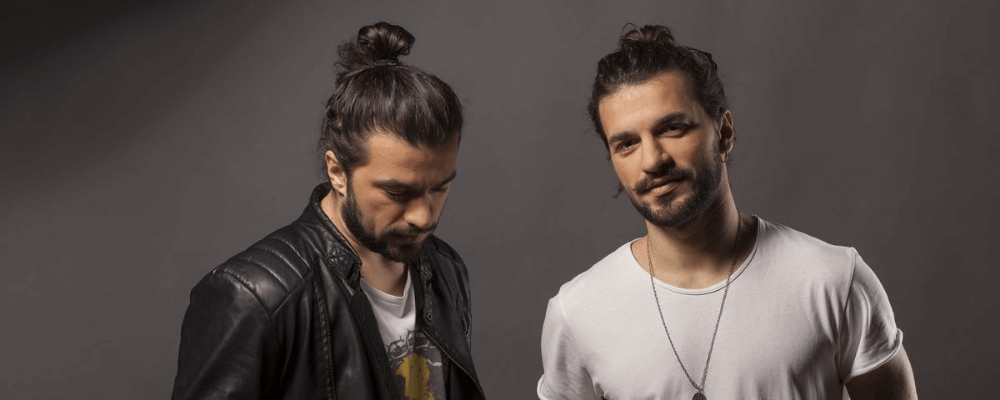
Usually when we talk about a Viking ponytail, we are talking about a high ponytail at the top of the head, but a low ponytail at the base of the skull also makes a great Viking hairstyle. It is also easier to do and looks more effortless if you are going for a more low-maintenance approach.
6. Ponytail Hairstyle with Details
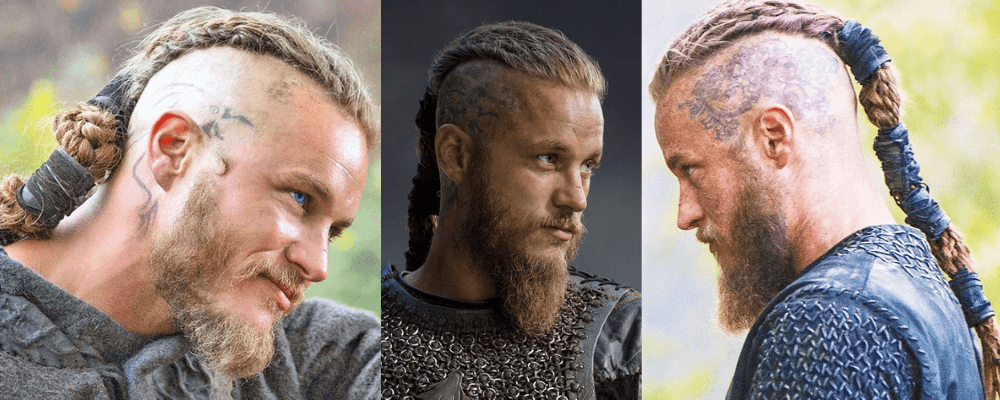
Whether you go for a ponytail or a half-ponytail, with full hair or undercut (see below), add Viking style to the look by adding leather bands to the tail.
7. Half-Bun Hairstyle
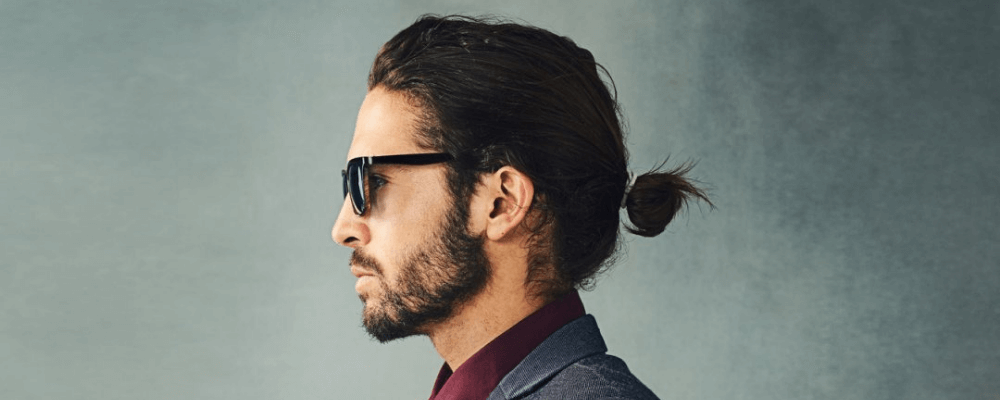
As an alternative, instead of pulling the top half of your hair back into a ponytail, pull it back into a classic Viking bun, which looks great in profile. This works especially well with shorter hair (that you might still be growing) that is not yet flowing down you back. Again, don’t pull it back too severely, and leave a few strands of hair free for a nonchalant Viking hairstyle.
8. Bun Hairstyle
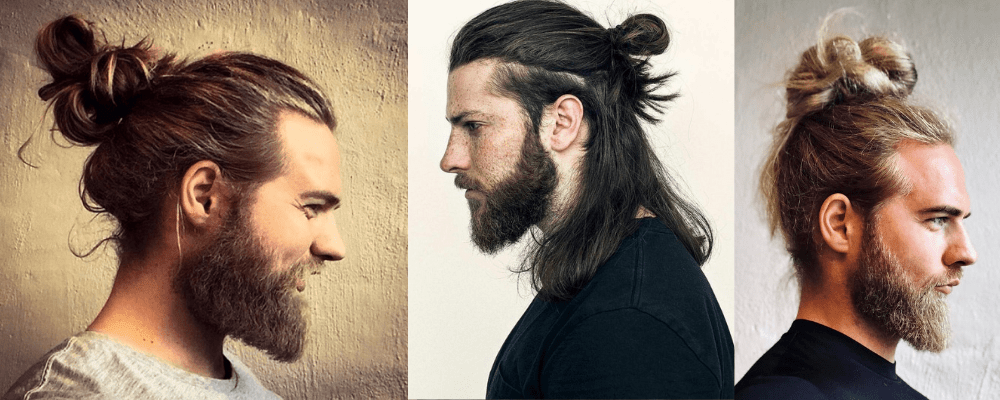
Of course, you might simply want to pull it all back, lifting the hair up off your neck as well as away from your face, especially during the summer months. Again, a bun makes a great alternative to a ponytail if you’re looking for a Nordic hairstyle. Don’t try and make your bun neat. Allow it to take on a natural shape that leaves you looking a little too-cool-for-school.
9. Double Bun Hairstyle
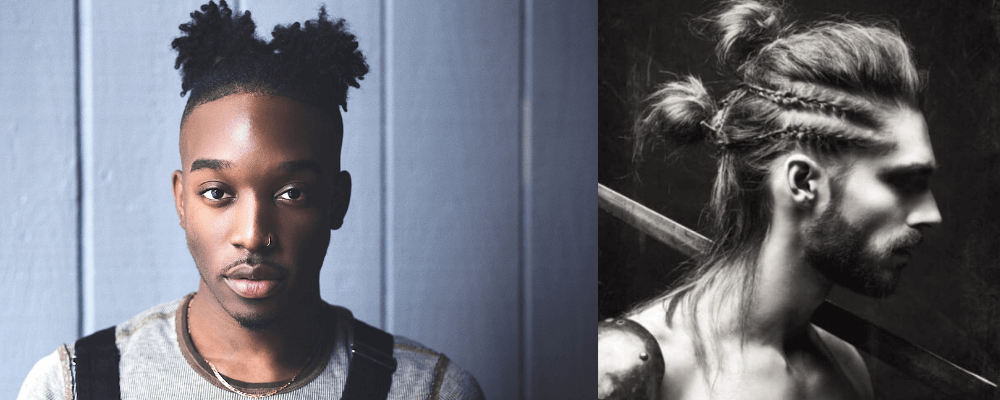
If your hair is thick and difficult to pull back, separate it out and pull it back twice. Use half your hair to create a top bun, and then pull the bottom half of your hair back into a lower bun. This keeps the hair off your face and neck and looks dramatic and eye-catching, especially in profile.
10. Braided Hairstyle
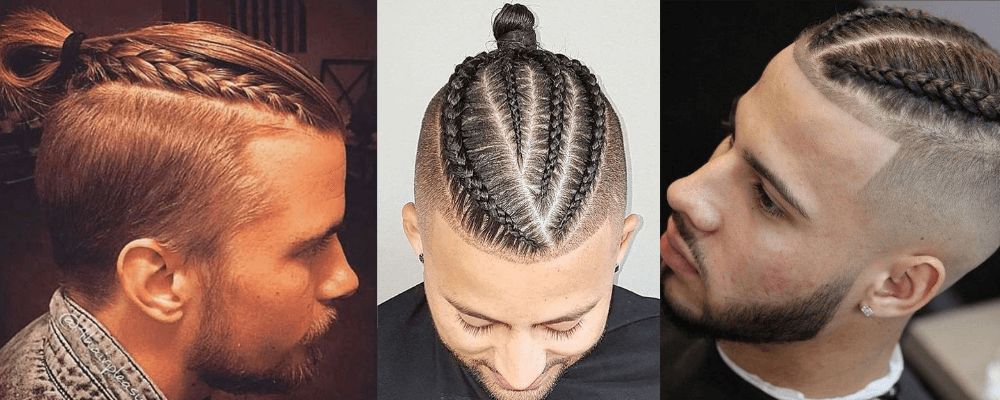
For a different approach to pulling your hair back, try a braid, which was a very traditional hairstyle for the Vikings. Start at the very top of your head, and pull all of your hair in as it goes down your back. This is a great way to maintain body and texture while keeping your hair under control. Braids, whether they be in the hair or in the beard, are a quintessential Viking look.
11. Half-Braid Hairstyle
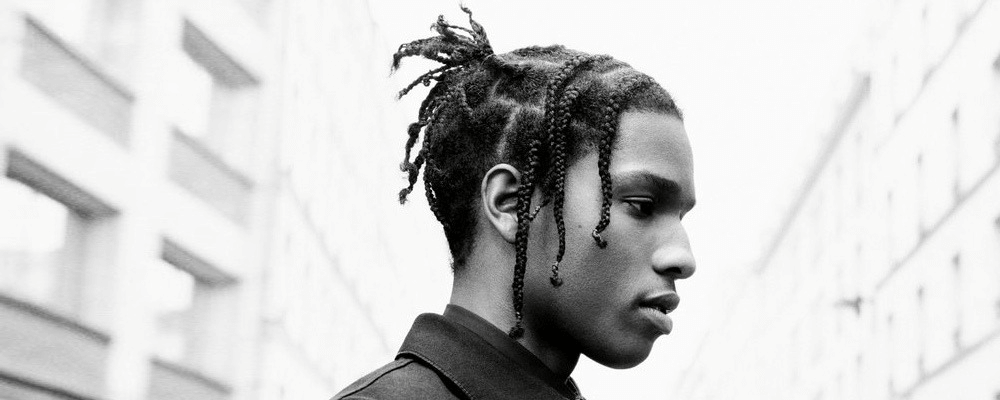
Just like the half pony and the half bun, there is also the half braid. Use a braid to bring the top half of your hair under control while leaving the bottom half long and free, keeping the dramatic length of your Viking hairstyle.
12. Braided Sides Hairstyle
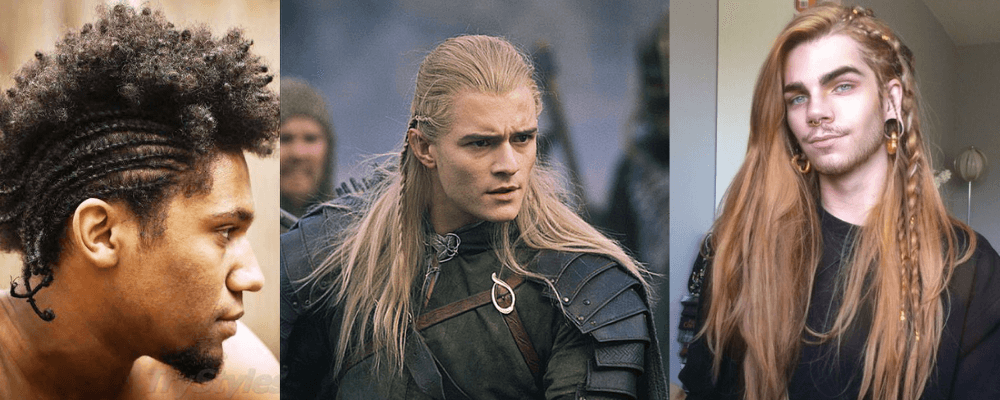
Braids are an extremely versatile hair styling tool that can be used to control your hair while giving character. You can use braids to give yourself the undercut Viking hairstyle, without having to shave off any of your hair. Use multiple braids on one or both sides of your head to pull the hair on the sides close to your temples. You can then let the hair on the top of your head fly free, or keep your side braids visible by pulling it back into a ponytail or bun.
13. Double Bun with Braided Sides Hairstyle
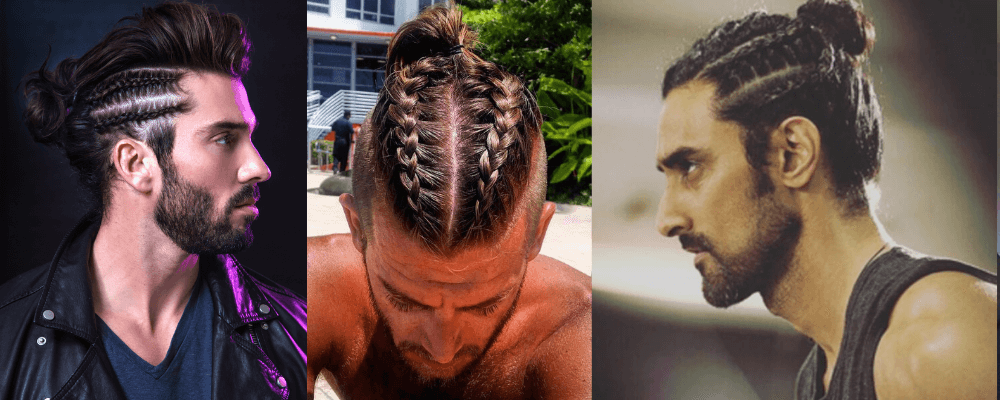
If you are looking to do something dramatic and different with your long hair, combine side braids with double buns, with some of the side hair feeding into your top bun, and the rest into your lower bun. This will give you a dramatic and stylish Viking hairstyle that leaves you looking ready for war.
14. Multiple Braids Hairstyle
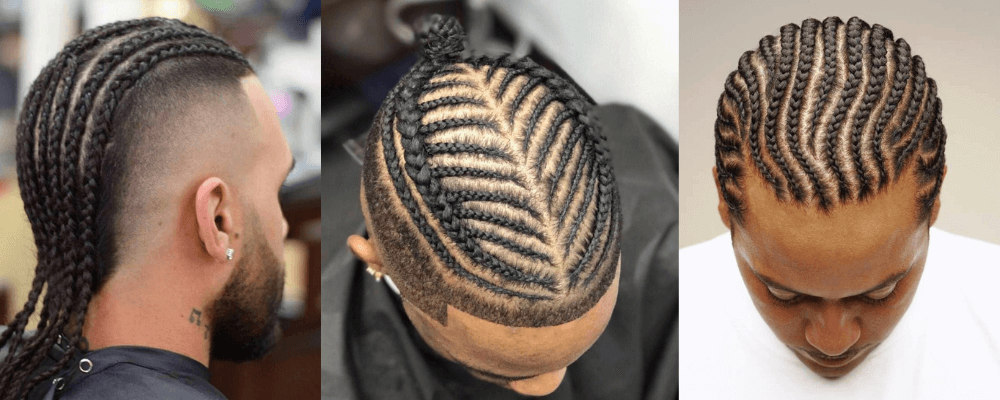
Basically, if you have a long Viking hairstyle you can do almost anything with braids. To find your unique traditional hairstyle by taking the time to experiment with what works for the shape of your face and the thickness of your hair. One braid on top or off to the side, two braids on top. Multiple braids across the hair. A few distinctive braids just near the ears. The braided Viking hairstyle options are infinite.
15. Temple Shave Hairstyle
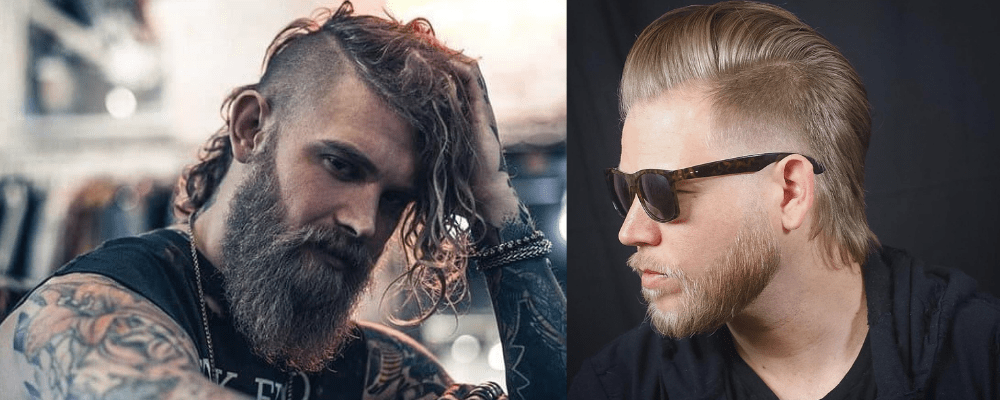
While most classic Vikings hairstyles involve long locks, if you have very thick hair, this can quickly become heavy and unmanageable. Shaving one side will leave your head lighters and your locks easier to tame, plus the shaved section makes for an eye-catching contrast. The shaved section of your head can also be an awesome location for a great tattoo.
16. Undercut Hairstyle
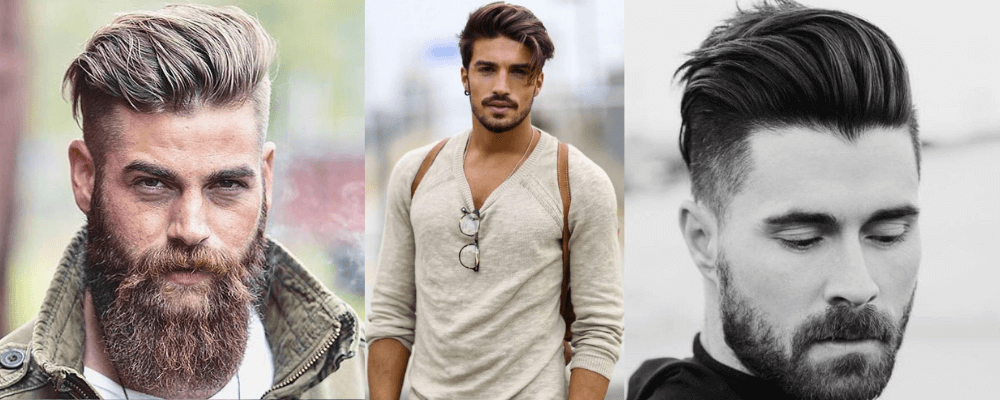
If you still have too much hair with a temple shave, or you are looking for a more even look, then go for an undercut, with shaved back and sides and long hair on top. We know that this is a historical haircut, and from here, you have so many Viking hairstyle options!
17. Undercut Side Sweep Hairstyle
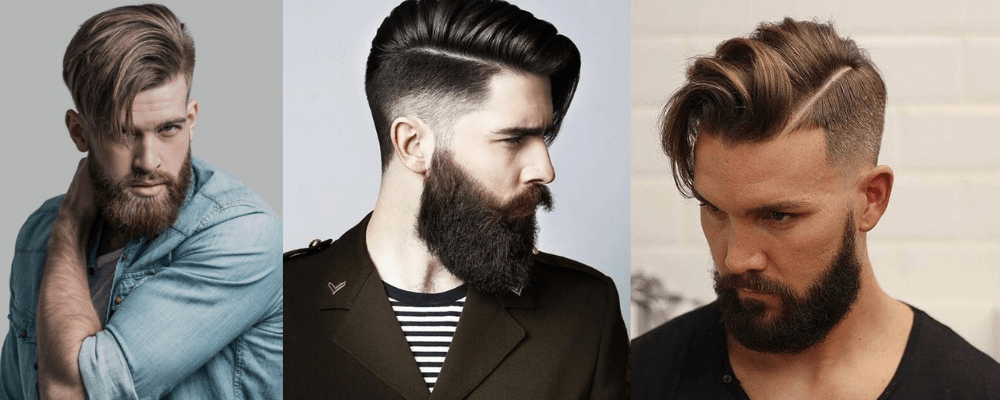
For a big visual impact, sweep the hair that you are growing on top of your undercut all to one side, keeping one eye clear and free while maintaining drama on the other side. This works best if you let your hair grow down to about chin level.
18. Undercut with Ponytail Hairstyle
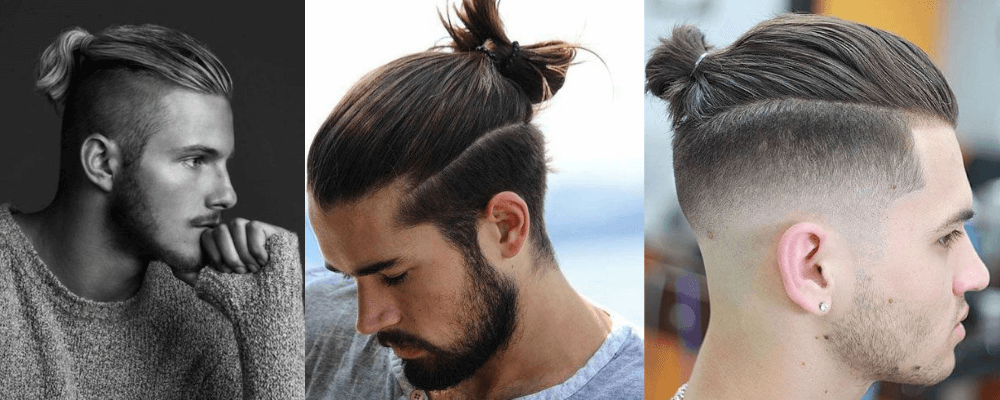
If you want to show off the distinction between your long hair and your shaved sides in your undercut, pull your hair back into a loose ponytail. This is also a good way to keep it out of your eyes. The ponytail can be slick or lose, depending on your preference, either way this Viking hairstyle will have you looking like a warrior.
19. Undercut with Braid Hairstyle
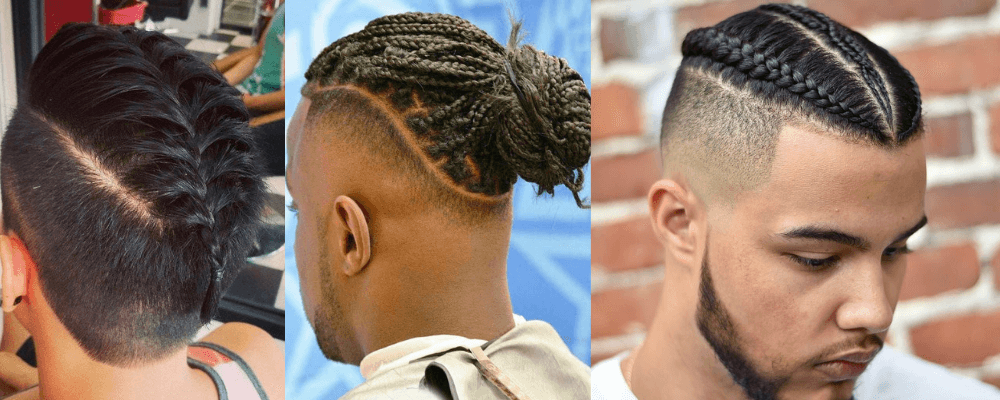
Just like with long hair, you have a lot of options for pulling back the long section of your undercut, and the braid is always a great Viking hairstyle choice. Create one single braid down the centre of your head, or maybe start with two or three on top, and then bring the ends together to create one, dramatic, thick braid.
20. Undercut with Braided Ponytail Hairstyle
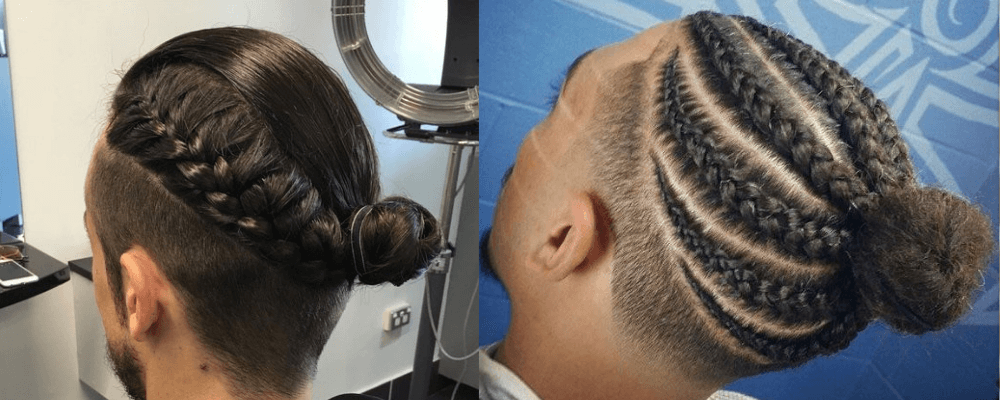
Or you can channel Bjorn from Vikings by maintaining a very close cropped undercut and then styling your central hair section into multiple braids which you then pull back into a ponytail. The braids add texture and interest to the ponytail, and they are great for giving body to hair that is naturally slick and straight.
21. Undercut with Top Knot Hairstyle
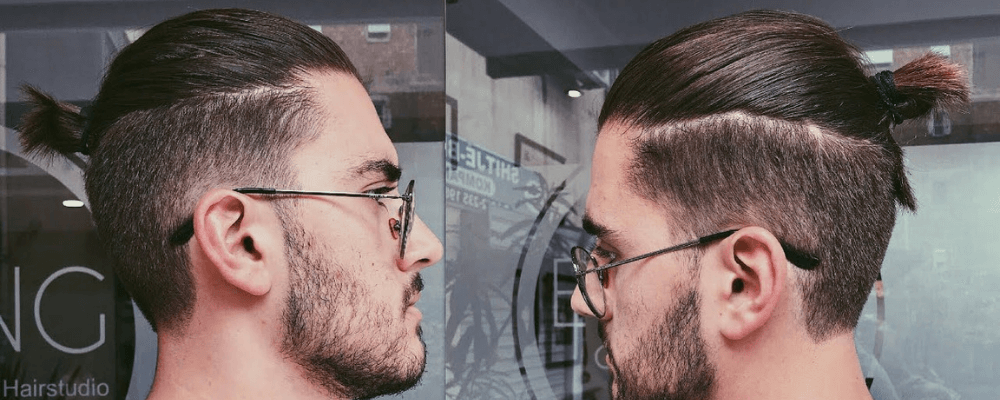
When you need to keep your hair out of your face, but still want to maintain your Viking hairstyle credentials, pull it back into a classic top knot for a traditional hairstyle. Match your sleek on top look with an impressive Viking beard.
22. Undercut Slicked-Back Hairstyle
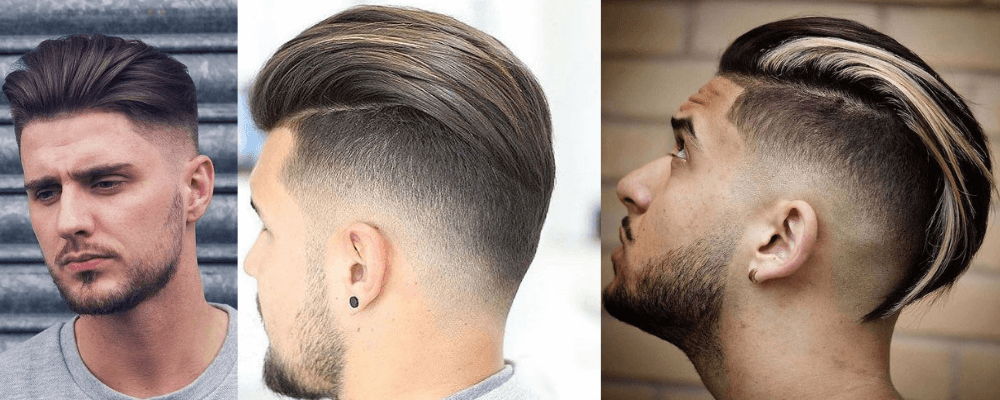
Not a fan of the severity of the top not knot but still want to keep your hair out of your face? Simply slick back your hair – there are lots of products available to help you keep your hair in place. Make sure that the short sides remain visible in order to keep your Viking hairstyle distinctive.
23. Undercut with Rows Hairstyle
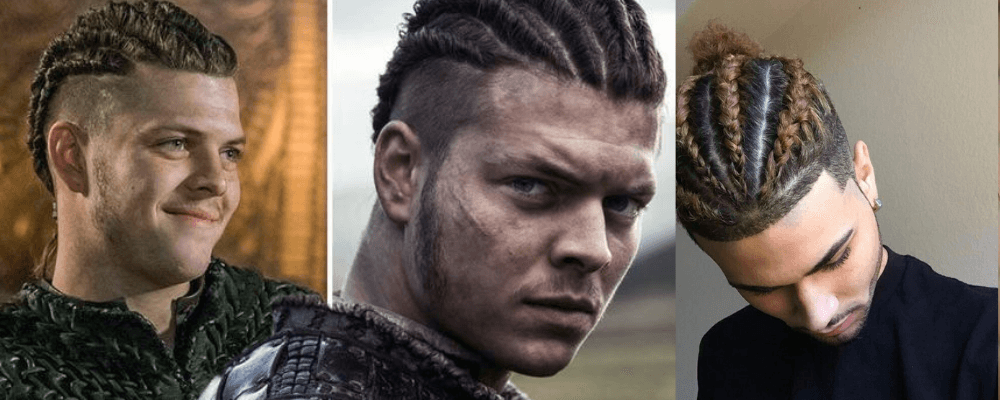
Another way to keep your hair back off your face while maintaining a distinctively Viking hairstyle is to pull it back in rows, just like Ivar the Boneless in Vikings. If full on corn rows is too much work, then use simple twists or fish-braids to achieve a very similar Norse hairstyle.
24. Low Taper Fade Hairstyle
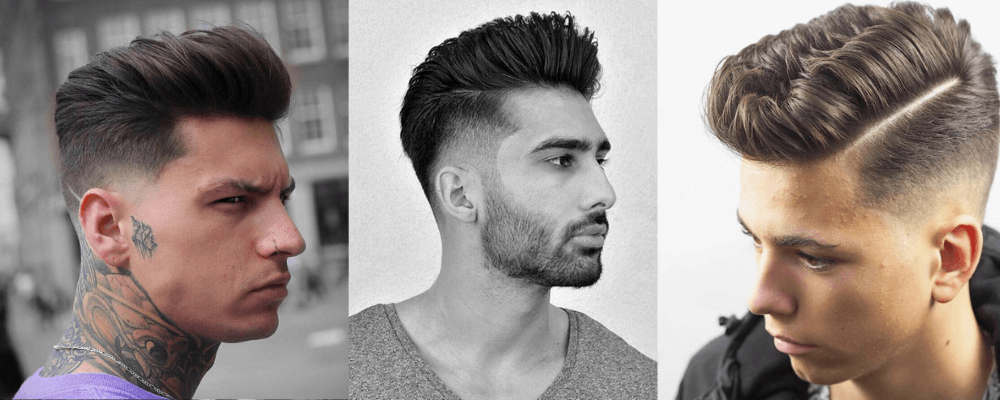
Looking for a Viking hairstyle that is a bit trendier that an undercut? Try a low tapered fade, which transitions from longer hair on top to short and shaved near the ears, with a consistent gradient. This haircut always stands out, and is great if you want to keep hair off your neck, but want something to work with to add texture around your forehead and eyes.
25. Sweep Forward Undercut Hairstyle
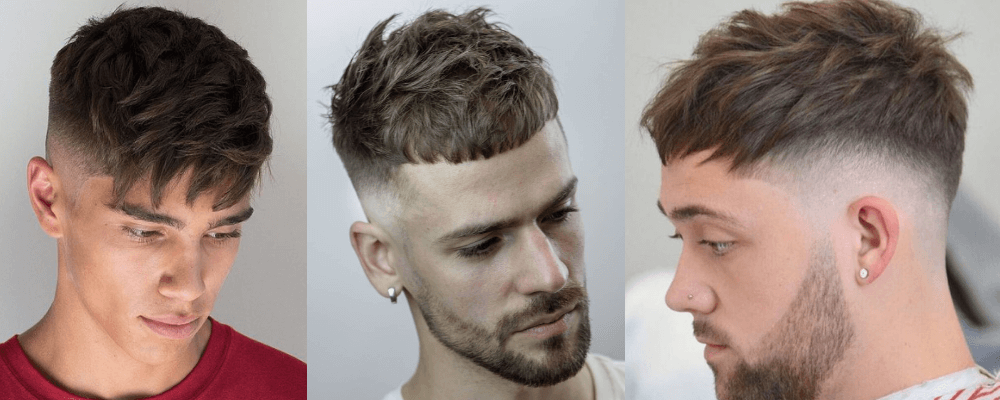
Another way to keep the hair off your neck while maintaining the Viking hairstyle character at the front is to have short hair at the back with a long fringe that you sweep forward, reducing the size of your forehead and bringing attention to your eyes. We also know from the Bayeux embroidery that this is a historical haircut and Viking hairstyle.
26. Mohawk Hairstyle
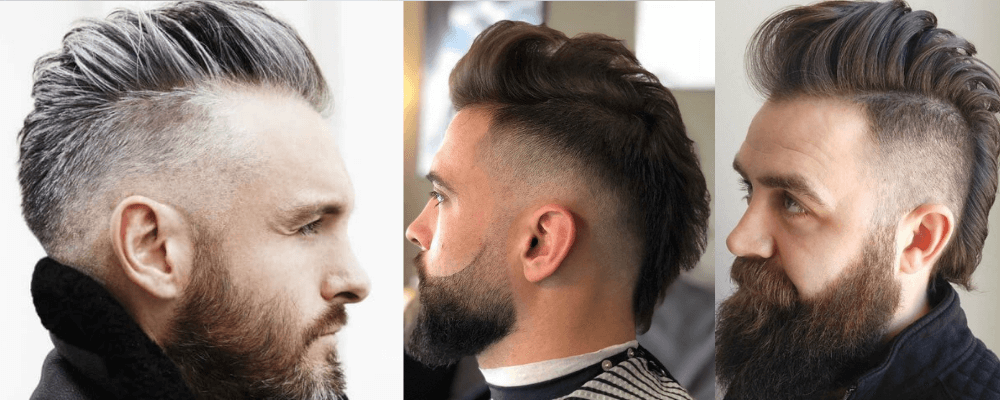
There is actually some pretty good evidence that Vikings were fans of the mohawk look. That is shaved sides with a noticeably longer strip running down the middle of the head. Update the look by giving your hair some height and body. It will make you look like you have just stepped off your Viking ship, and it will give you a little bit of extra height.
27. Mohawk Hairstyle with Braided Sides
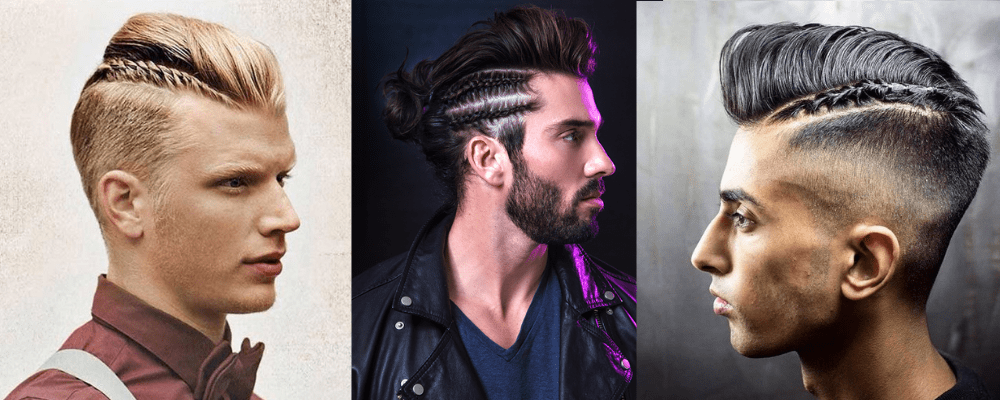
A mohawk can also be a good intermediary look when you are still growing your hair and it is at that awkward chin length stage. No need to cut the hair that you are painstakingly growing into a long Viking hairstyle. Use braids to bring the hair at the sides in close to your scalp, and the style the remaining hair in the centre high and proud.
28. Mohawk Mullet Hairstyle
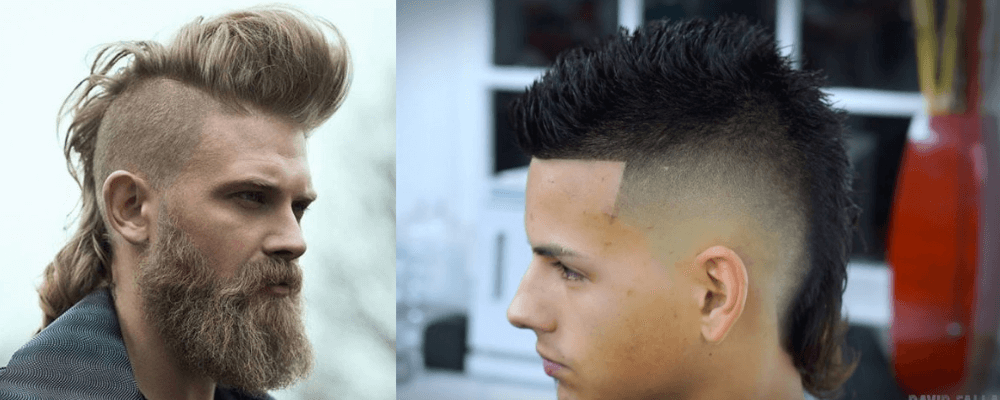
For something a bit different, give yourself a mohawk mullet. To do this, don’t just grow your mohawk hair on top, but make sure it extends all the way down to the base of your neck. Also grow the hair at the base of your neck long so that it extends down your back. Combined with the short sides, this will look a bit like a horse’s mane, in a good way.
29. Faux Hawk Hairstyle
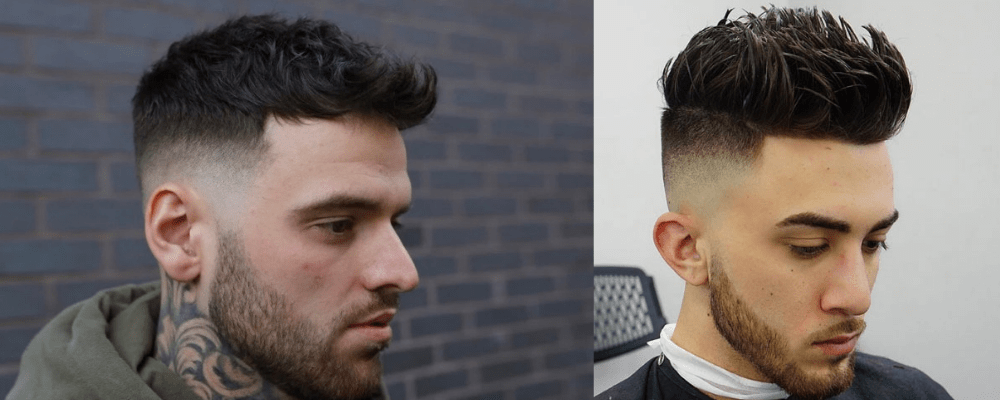
If you want an authentic Viking hairstyle, but don’t want to do anything too flashy, try a faux hawk, which scholars also think is a historical haircut and Viking hairstyle. No need to shave your head down, but do keep your hair on top longer, and use some styling products to bring the hair at the front and centre up and forward. The result is an understated Viking hairstyle.
30. Short on Top Mullet Hairstyle
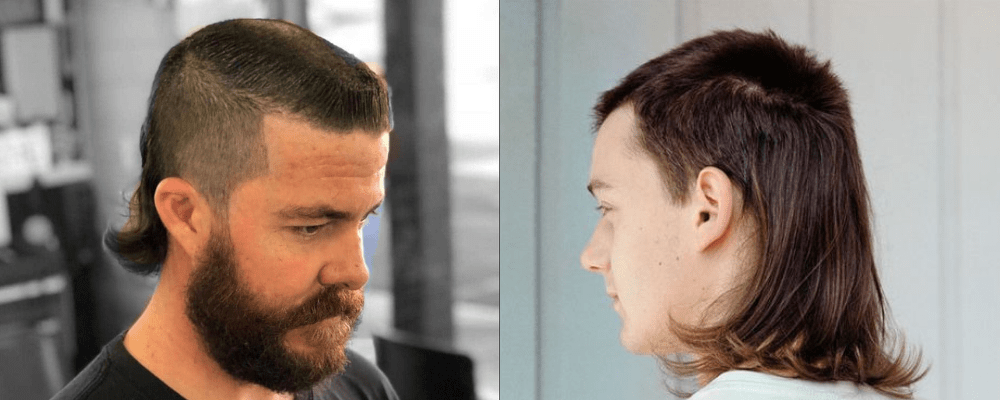
Another way to play around with your mullet is start with an undercut, but then keep the hair on top of your head relatively short, and only let the hair on the back of your head grow, creating a kind of ponytail look. You can then braid or dread the ponytail area to keep it under control. This look will certainly draw attention.
31. Braided Part Hairstyle
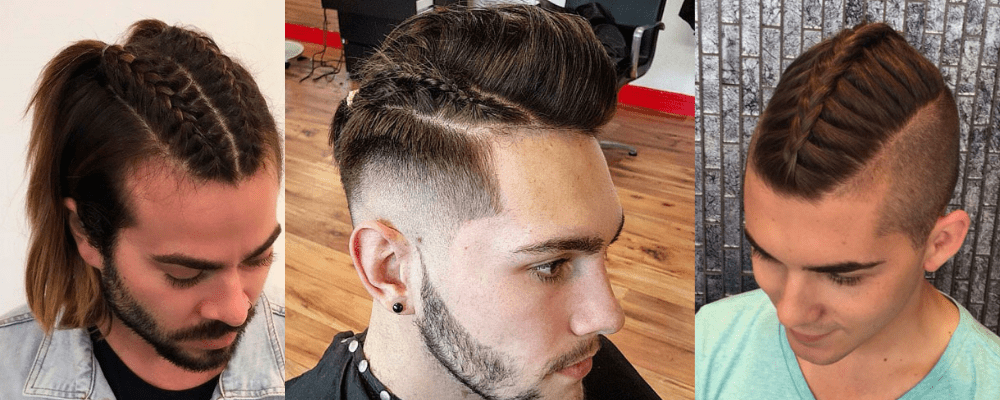
Long hair and undercuts require that you either push your hair back or part it. You can make your hair part a feature of your Viking hairstyle by braiding the hair along the edge of the part. It adds character and is sure to draw attention.
32. Shaved Head Hairstyle (with Beard)
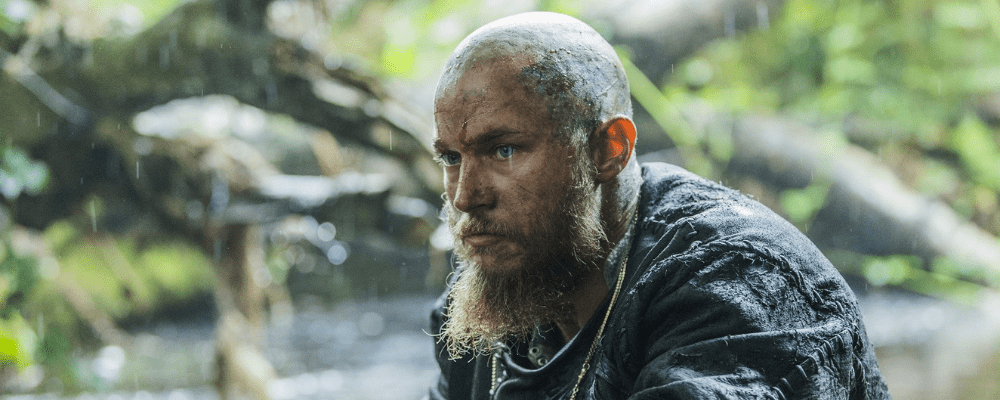
We aren’t all blessed with the ability to grow Viking worthy locks, and the same was true of our Viking ancestors. If your hair is starting to become patchy, think about shaving it off. Fortunately, generally men who suffer from baldness on top have the ability to grow a thick beard, so couple your shaved head with an impressive beard for a true Viking hairstyle.
33. Crew Cut Hairstyle (with Beard)
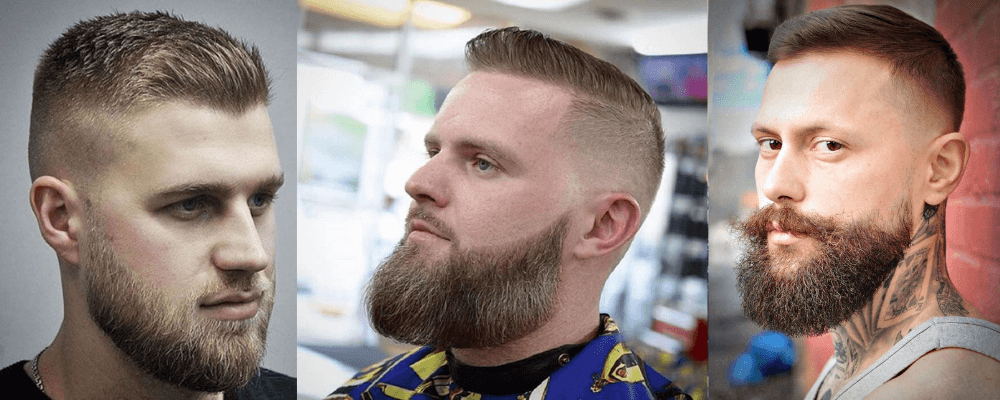
If you prefer to keep your hair short, but the full shave doesn’t appeal, then go for a crew cut that is a bit longer at the top and shorter on the sides. But remember, to make this look Viking rather than military, this really needs to be partnered with a proper Viking beard.
34. Short Hairstyle with Tail
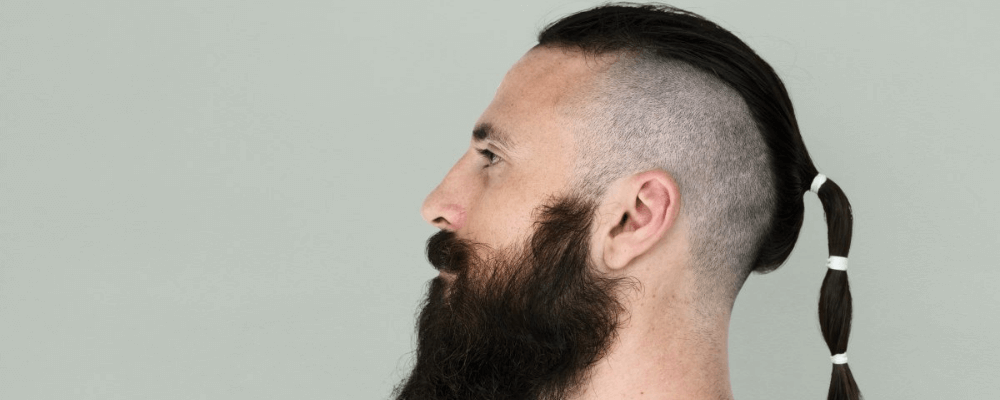
Another Viking hairstyle at is a bit different is to partner a fairly ‘normal’ short haircut with a longer section that grows as a kind of ponytail. The longer the better. Keep the tail distinctive by braiding, dreading, or plaiting into a fish tail.
35. Dreaded Hairstyle
While we make think of dreads as more Rastafari than Viking hairstyle, they were definitely known in the Viking world. You can cover your whole head, or just choose one or a few sections to dread. These are a stylish alternative to braids, though they are more permanent. Once they are in, the only way to remove dreads is to cut them out.
Historic Viking Hairstyles
Making definitive conclusions about how our Viking ancestors styled their hair can be quite challenging, as we simply weren’t there to see them.
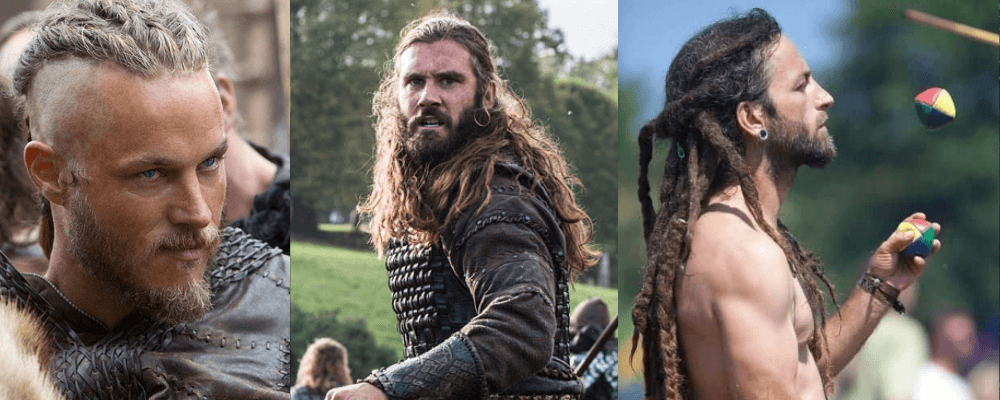
However, images in contemporary artworks do survive, and there are a few references in the historical sources that give us an insight into Viking and Nordic hairstyles.
While Viking hairstyles changed throughout the period, and depended on region and class, there are some consistent features when it comes to Viking haircuts.
First, beards were definitely a thing! But this is a topic in and of itself, so check out our guide on Viking beards to learn more. Long hair was also a very common Viking hairstyle, though undercuts also seem to have been popular and shaved heads were not unknown.
Braids and ponytails were used to keep the hair off the face when working or fighting, and these quickly became fashionable as well as functional. However, one of the most important features of a Viking hairstyle was that it was well cared for.
Grooming
We know that the Vikings took care of their hair and would never have let it become a tangled mess.
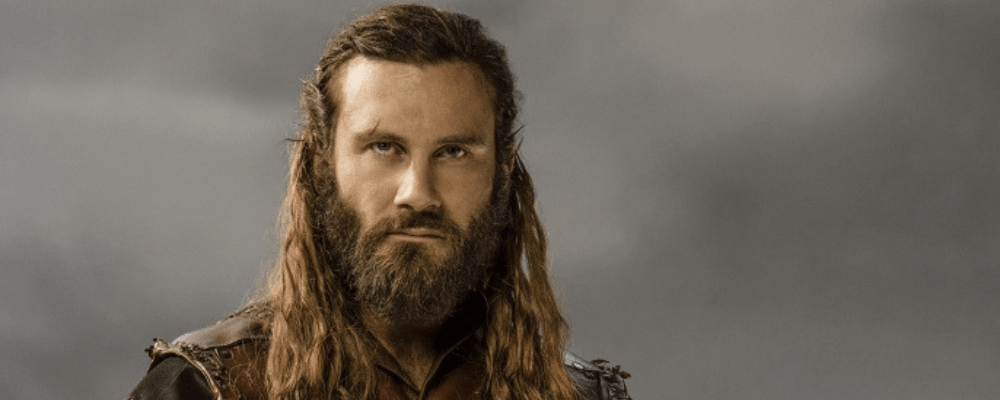
This is apparent in the fact that small combs were among the items that men carried with them at all times. They used them to keep their hair, both on their head and their beard, in check.
A story about the behaviour of Odin in the wake of the death of his son Balder is also revealing. According to the story, Odin was in such a state of grief that he did not wash or comb his hair. It is implied that Odin broke with social norms in his distress.
The English cleric John of Wallingford also complained of the Vikings’ heathen practice of combing their hair regularly, taking a bath every Saturday and changing their clothes frequently.
He describes these as heathen practices designed to seduce good English women. Clearly for John of Wallingford, cleanliness was not next to godliness.
Viking Hairstyles
While in many contemporary images Vikings are shown using hats and helms, covering their traditional hairstyle, some images of Viking hairstyles do survive, and they show Nordic hairstyles with long flowing beards, and long flowing hair, often accentuated with what look like braids.
The details are difficult to make out in most of the surviving pictographic sources, but the theme is pretty clear. But this does not appear to be the only historical hairstyle that the Vikings favoured.
According to the contemporary deacon Leo, living at the end of the 10th century, one Viking prince had a clean-shaven head with some hair that fell to the side. This lends support to the idea that undercuts, and variations thereof, where also known among the Vikings.
Aelfric of Eynsham, an English observer from around AD 1000, complained of local Englishman adopting Danish customs, which included bare neck and blinded eyes, again, seemingly referring to an undercut.
It may also refer more specifically to a swept forward undercut (see our list below), which also seems to appear on the Bayeux embroidery that depicts the Norman conquest of England.
According to an Arabic observer Ibn Fadlan, many Vikings also had saffron yellow hair. This implies that many Vikings, who were not all blond, chose to bleach their hair, which would have been done using lye.
Join us in Viking reviews!
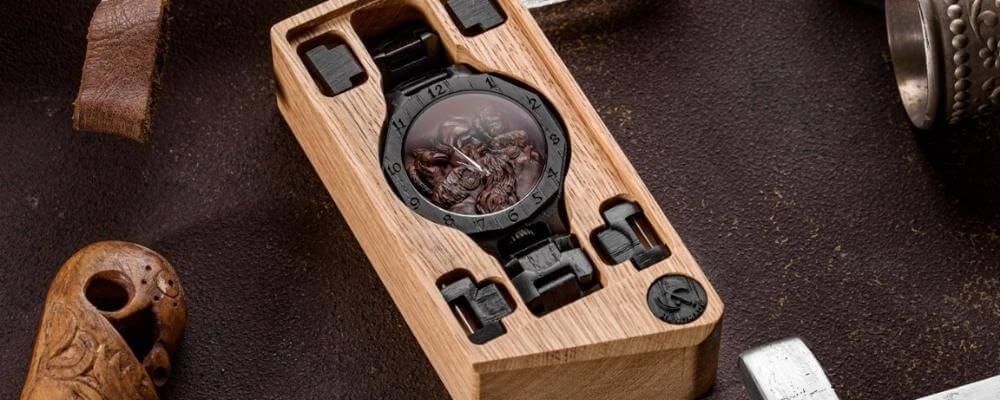
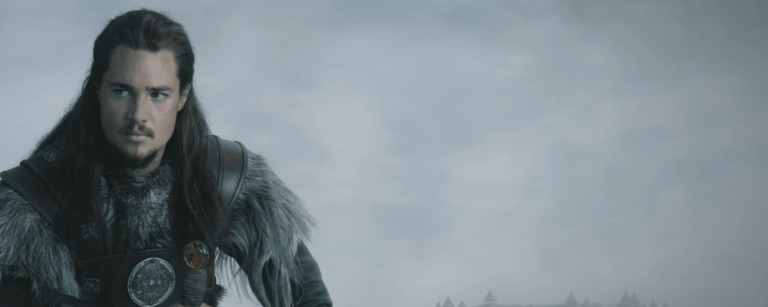







Could you please kindly source your references for solid, scholarly evidence that Vikings wore “mohawks” in any numbers or that it was common?
Please and Thanks!
test reply
As you may well imagine, we’ll never really know if they Vikings wore mohawks. Contemporary images aren’t detailed enough too descern mohawks, and they aren’t specifically mentioned in the literary sources, which are saldy less specific about hair than we would like. Our list are recommended hairstyles for modern Vikings, inspired by what we know of Viking styles. Of course there are elements of modernization and contemporary influence.